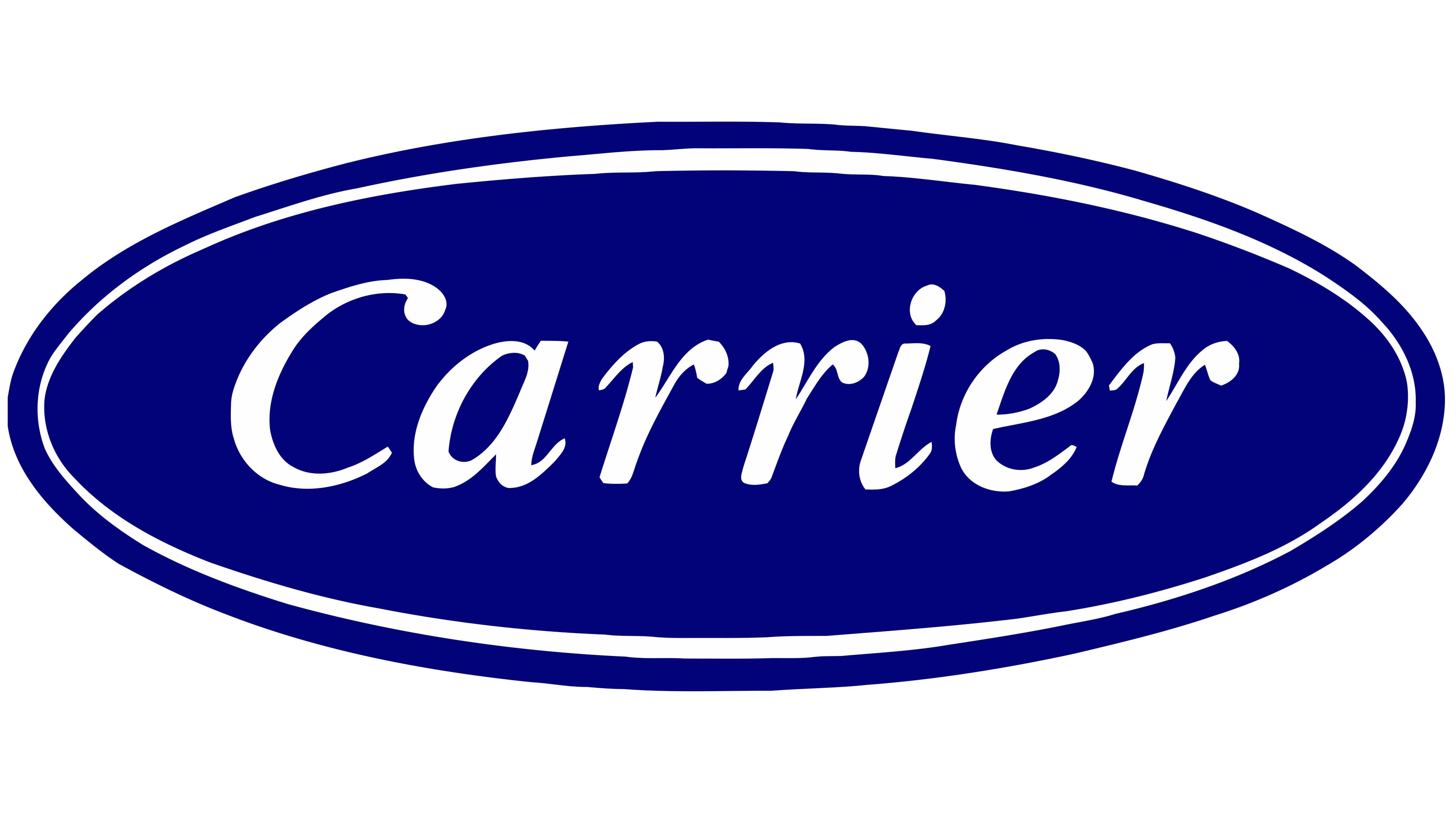Central air conditioners are more popular than ever. With rising temperatures and growing expectations for home comfort, many homeowners are considering this upgrade. If you’re weighing your cooling options, knowing what makes central air stand out helps you make a smart decision.
Central air conditioning does more than cool your home. It changes how you live, sleep, and even clean. But is it the right choice for you? Let's break down what you need to know.
What is a Central Air Conditioner?
Central air conditioning is a system designed to cool an entire house using a network of ducts. The main unit pulls warm air from inside, cools it with refrigerant, and then sends the chilled air through vents in each room. It’s a big step up from window or portable AC units.
With window units, you get cool air in just one room and often deal with noise and drafts. Portable ACs offer some flexibility but need to be wheeled from space to space. Central air turns the whole house into a comfortable zone, keeping each corner at your chosen temperature.
Key Benefits of Central Air Conditioning
Central air isn’t just about staying cool. It brings a bundle of perks that homeowners quickly appreciate.
Whole-Home Coverage
No more hopping from one cool room to another. Central air covers your entire house evenly. It’s like having a personal breeze in every bedroom, living space, and even the hallway. The system uses ducts designed for your home layout, so you avoid hot spots and stuffy areas.
Improved Indoor Air Quality
Central air comes with built-in filtration. As air circulates, it passes through filters that trap dust, pollen, and pet dander. This means less sneezing, cleaner surfaces, and easier breathing—great news for allergy sufferers. Some systems include advanced filters that catch even smaller particles, reducing indoor air pollution.
Energy Efficiency and Cost Effectiveness
Modern central air units use smart features and efficient compressors. Many models adjust energy use to match different conditions, which helps keep utility bills lower. You get powerful cooling only when you need it, and advanced thermostats can help you avoid waste. Over time, this means more comfort without a spike in costs.
Considerations Before Installing Central Air Conditioning
Wondering if central air fits your home? Before moving ahead, keep these important points in mind.
Installation and Upfront Costs
Getting started isn’t cheap. The upfront price covers the equipment and the work needed to add ducts, vents, and wiring. If your home already has ducts for heating, you’ll save money and hassle. Installation prices can range from a few thousand dollars to over $10,000, depending on home size and complexity.
Ongoing Maintenance Needs
Central air works best with regular attention. Change the filters every few months and schedule yearly checkups. These small steps keep air flowing freely, lower energy use, and help your system last longer. Regular maintenance also catches small problems before they become big headaches.
Home Suitability
Older homes and those without ductwork may face extra costs. Some layouts don’t leave much room for new ducts, which can complicate the job. If your house has hot water or baseboard heating, installing central air may require creative solutions or even extra upgrades.











